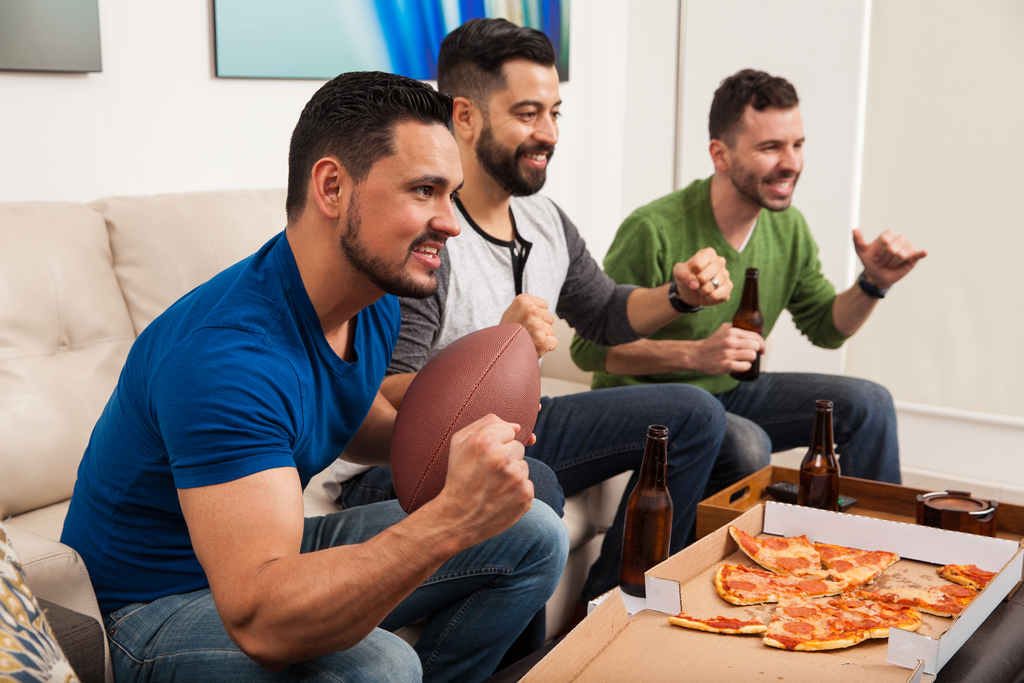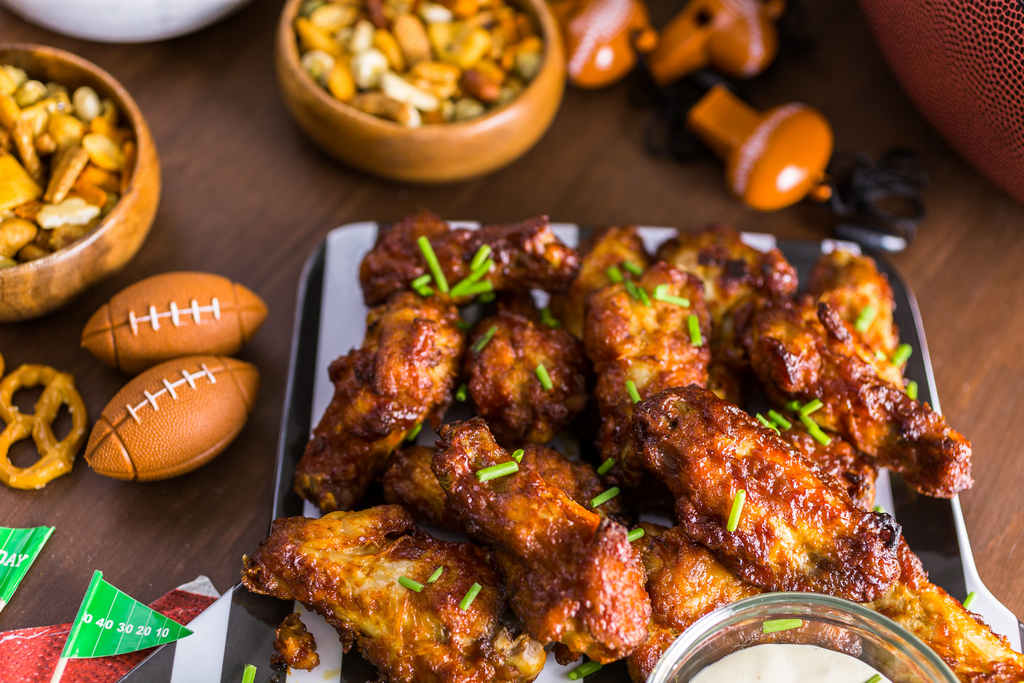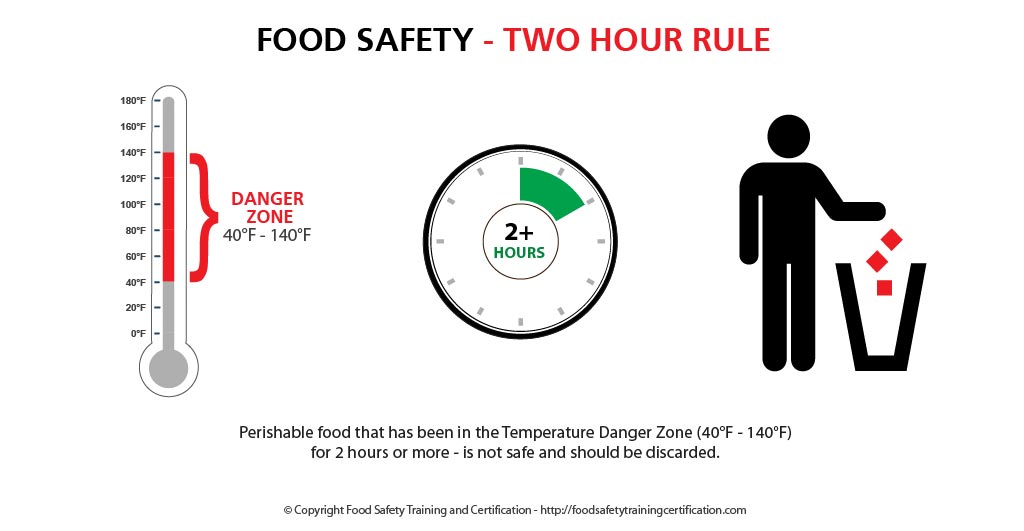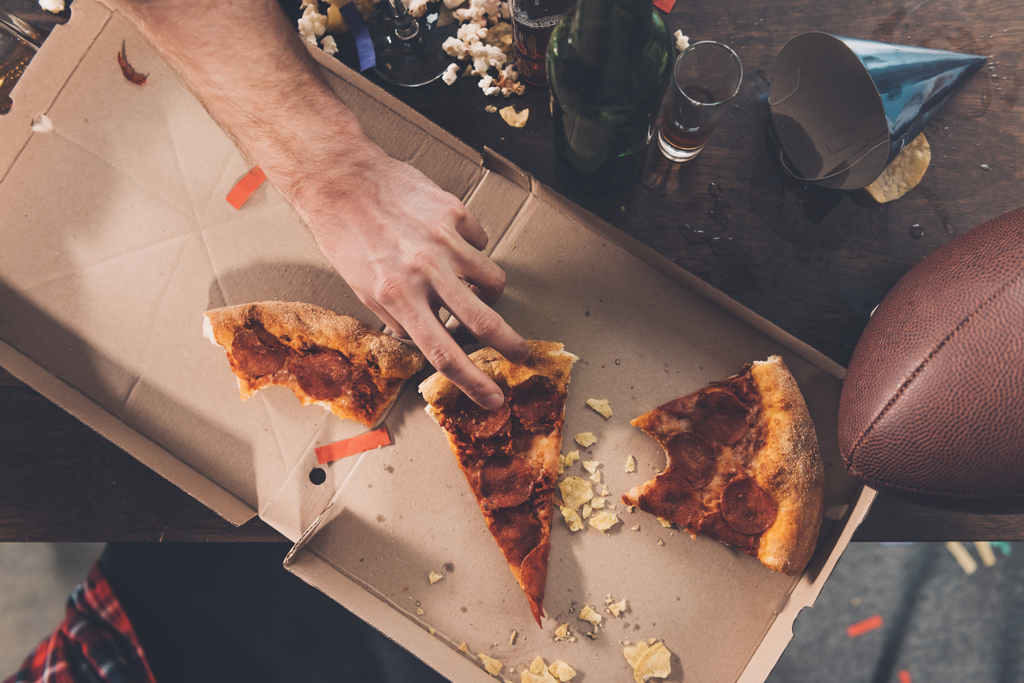Making plans for a football game day party? For the football fan – weekends are much more than football. It’s about good friends, tasty food, and a great time.
But, don’t let this day be remembered for food illness penalty. Follow a food safety playbook to help keep your football party food both safe and delicious!



Food Illness Causes
Food illness has lots of causes, but primarily leaving food out too long is the main cause. Food illness generally occurs when people eat food that contains bacteria, parasites, viruses, or toxins. Most cases are caused by common bacteria such as Salmonella, E. coli, Clostridium perfringens, and Campylobacter. Follow simple tips to avoid food illness:
- Learn about proper hygiene, cross contamination, cold and hot food safety, foodborne pathogens, and best practices to prevent foodborne illness.
- Food Manager Training & ANSI Certification - $99.00
- Food Handler Training - only $7.00!
- HACCP Training: 16hr/4hr/1hr
- Food Allergy Training - $15.00
- Enter Promo "train10off" at Checkout
Keep it Clean
- Wash your hands with soap and running water (warm or cold) for at least 20 seconds before preparing, eating, and handling food. Also wash your hands after using the bathroom and touching pets.
- Wash your cutting boards, dishes, utensils, and countertops with hot, soapy water after preparing each food item.
- Rinse produce under running water, including those with inedible skins and rinds. For firm-skin fruits and vegetables, rub by hand or scrub with a clean vegetable brush while rinsing.



Keep it Safe – Avoid Cross-Contamination
- Separate raw meats from ready-to-eat foods like veggies when preparing, serving, or storing foods.
- Offer guests serving utensils and small plates to discourage them from eating directly from the bowls with dips and salsas.



Cooking to the Safe Temperature
- Food Thermometer. Use a food thermometer to test football party favorites, like chicken wings and ground beef sliders, or any other dishes on your menu.
- Divide cooked food into shallow containers and store in a refrigerator or freezer until the party begins. This encourages rapid, even cooling.
- Hot Foods. Hold hot foods at 140°F or warmer. Use chafing dishes, slow cookers, and warming trays to keep food hot on the buffet table.
- Cold Foods. Maintain cold foods, like salsa and guacamole, at 40°F or colder. Use small service trays or nest serving dishes in bowls of ice, replacing ice often.
- Microwave leftovers to 165°F to get rid of harmful bacteria.



Safe Minimum Cooking Temperatures
Refer to the Safe Minimum Cooking Temperatures chart below for the proper cooking temperatures and “rest time” of meats—the period after cooking that some meats need to rest before serving to ensure that germs are killed.
| Category | Food | Temp (°F) | Rest Time |
|---|---|---|---|
| Ground Meat & Meat Mixtures | Beef, Pork, Veal, Lamb | 160 | None |
| Turkey, Chicken | 165 | None | |
| Fresh Beef, Veal, Lamb | Steaks, roasts, chops | 145 | 3 minutes |
| Poultry | Chicken & Turkey, whole | 165 | None |
| Poultry breasts, roasts | 165 | None | |
| Poultry thighs, legs, wings | 165 | None | |
| Duck & Goose | 165 | None | |
| Stuffing (cooked alone or in bird) | 165 | None | |
| Pork and Ham | Fresh pork | 145 | 3 minutes |
| Fresh ham (raw) | 145 | 3 minutes | |
| Precooked ham (to reheat) | 140 | None | |
| Eggs & Egg Dishes | Eggs | Cook until yolks and white are firm | None |
| Egg dishes | 160 | None | |
| Leftovers & Casseroles | Leftovers | 165 | None |
| Casseroles | 165 | None | |
| Seafood | Fin Fish | 145 or cook until flesh is opaque and separates easily with a fork. | None |
| Shrimp, lobster, and crabs | Cook until flesh is pearly and opaque. | None | |
| Clams, oysters, and mussels | Cook until shells open during cooking. | None | |
| Scallops | Cook until flesh is milky white or opaque and firm. | None |
Temperature Danger Zone & Two Hour Rule
Leaving food out too long at room temperature can cause bacteria to grow to dangerous levels that can cause illness. Bacteria grow most rapidly in the range of temperatures between 40°F and 140°F, doubling in number in as little as 20 minutes. This range of temperatures is often called the “Danger Zone.”



Track the time that food stays on the party table or buffet. Sideline any perishable foods that have been out at room temperature for 2 hours or more.
- Discard any perishable foods on the buffet for two hours or more.
- Divide leftovers into smaller portions or pieces, place in shallow containers, and refrigerate.
- Leftover foods should be refrigerated at 40°F or below as soon as possible and within two hours of preparation. It’s OK to put hot foods directly into the refrigerator.
- Refrigerate leftovers for three to four days at most. Freeze them if you won’t be eating the leftovers sooner.
- Leftovers should be reheated to at least 165°F (74°C) before serving.



Summary
Making plans for a football game day party? Don’t let this day be remembered for food illness penalty. Follow a food safety playbook to help keep your football party food both safe and delicious!






